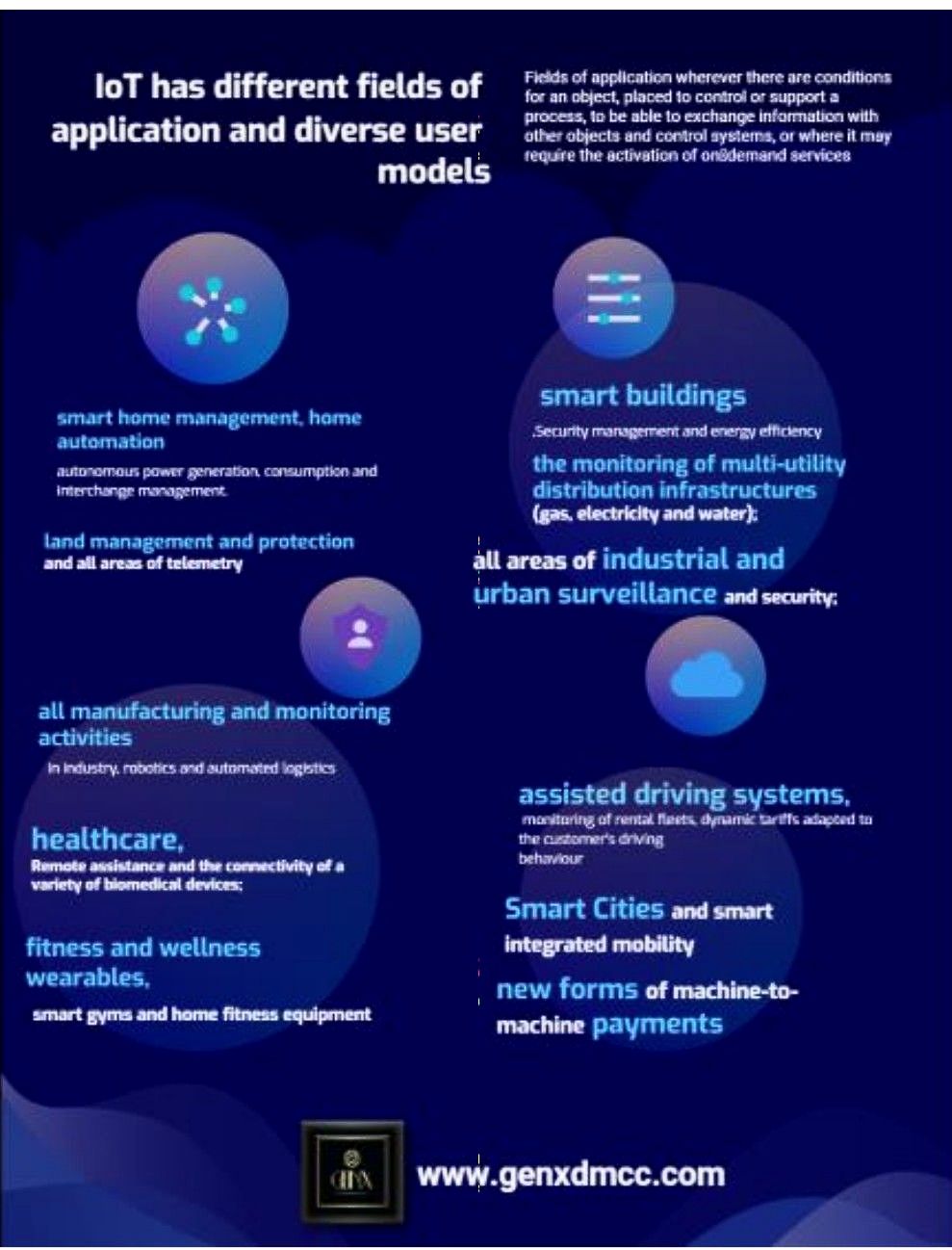
Internet of Things Transforming the real world into data to create new knowledge ecosystems

IoT is an open technology, based on the use of a wide range of protocols, algorithms, databases, models of interaction and use of information. All of these are united by the fact that the piece of information originates or ends on a device that is designed to be sensitive to an "event" associated with a specific context, such as a vocal command or a sensor capable of detecting cardiac fibrillation.
The most interesting and creative aspect of this technology is, in fact, its bi-directionality, namely its ability to work with a mix of detectors and actuators. If, for example, I say "Alexa, switch off the lights", the device recognizes my voice command (event) and activates a standard communication protocol with my home automation system. Devices such as Alexa or Google Home, which are used by millions of users every day, use voice and image recognition as standard human-machine communication protocols; this gives us a measure of just how pervasive IoT is and what future scenarios it represents, where smart building management or the potential of home automation are already regarded as mature solutions and are increasingly being placed as a matter of course in the early stages of designing new buildings.
This technology thus opens up endless possibilities. Through chains of interconnected objects that are capable of performing complex processes fully autonomously, we can, for example, order a pizza, choose the toppings with simple voice commands, pay for it electronically and have it delivered to our homes by drone, without any human intervention.
It is no surprise, therefore, that IoT is the fastest growing area of technology in the entire history of Information Technology, both in terms of the new devices launched on the market every day and of the volume of transactions exchanged.
Naturally, none of this would be possible without the combined help of other technologies such as the Cloud and Edge Computing, Big Data and Artificial Intelligence. All play an essential role in the ecosystem:
− the Cloud and Edge Computing enable the virtually infinite scalability of the computational, storage and network resources required to process billions of transactions;
− with Big Data, it is possible to use all data in their entirety, not just sampled subsets; it means working with volumes of information that were unthinkable just a few years ago;
− AI analyses and recognises significant 'patterns' on which to base decisions, exploiting the enormous computational capacity available (bandwidth, data analysis processors) combined with increasingly advanced algorithms that are capable of learning quickly and effectively interpret the managed contexts